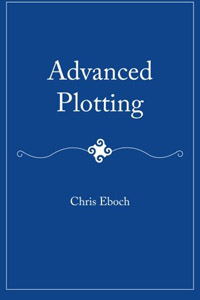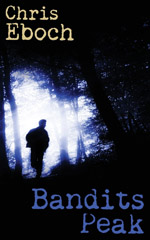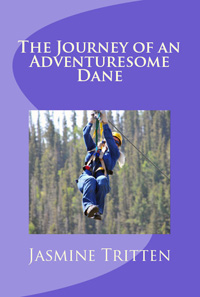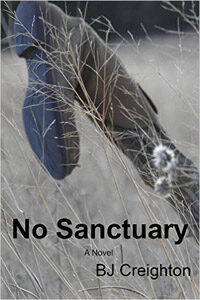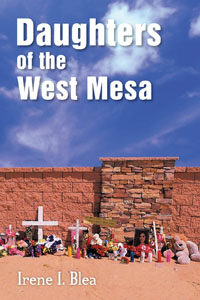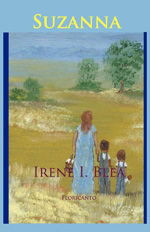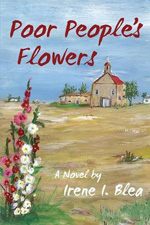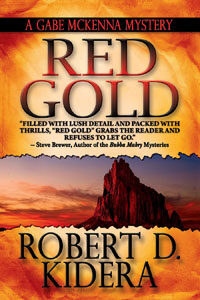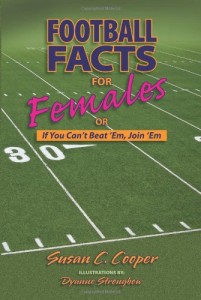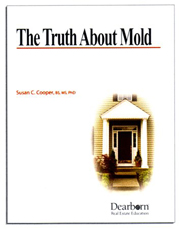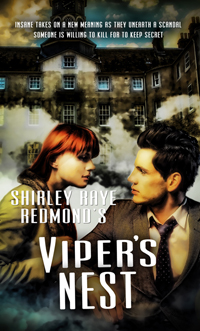by Olive Balla
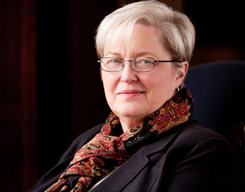 Here’s the commonly accepted drill in the quest for publication:
Here’s the commonly accepted drill in the quest for publication:
- Take a few creative writing classes.
- Buy a library full of treatises on how to write the great American novel.
- Write a great 60,000-word to 100,000-word story that’s equal parts plot- and character-driven.
- Re-write and edit.
- Give your novel a unique and intriguing title.
- Develop an impressively bulging platform on Facebook, Twitter, LinkedIn, and any other of the hundreds of social networking sites you can access.
- Re-write and edit again.
- Create, pay someone else to create, or have your nephew create a brilliant website upon which you regularly write witty and pithy blog posts.
- Take a class on guerilla marketing strategies, since you’ll be required to market your own book.
- Re-write and edit some more.
- Brush up on the art of contract negotiations, or hire a literary attorney to represent you in negotiations with Big Publishing.
- Craft a succinct yet compelling Query, Synopsis, and Pitch.
- Re-write and edit yet again.
- Find the one-in-a-thousand agent who represents your genre, and more importantly, who is willing to be queried by the as-yet-unpublished.
- Be prepared to give copies of your book to bloggers, Goodreads reviewers, and friends and family.
- Eschew indie or self-publishing as the last resort of those lost souls doomed to forever wander in the wilderness of literary untouchables.
But wait. Apparently the wonderful world of technology is in the process of rendering all the above so much balderdash.
Ever heard of Hugh Howey? According to Forbes, thousands of copies of this 37-year-old man’s science fiction novel are selling on two continents at this very moment. How did he do it?
Howey carefully and slavishly stuck to the accepted blueprint for publishing success, right? Wrong. Howey’s path to household word-dom bears little resemblance to the standardized version drilled into our heads by agents, authors of publishing how-to books, and guest speakers at writers’ conferences.
Well then, Howey certainly must have spent at least 10,000 hours honing his writing skills—the number of hours Dr. Anders Ericsson’s research on expertise indicates is necessary to become really good at anything. (That would be 1,250 eight-hour days doing nothing but writing.) Wrong again. Evidently, Mr. Howey spent most of his years adventuring on his boat, rather than practicing his writing.
So how did Hugh Howey attain his position in the rarefied stratum of Consistent Best Sellers? Let’s compare and contrast, as my college English professor used to say, the universally accepted means to achieve publication with Howey’s path—the path currently being sneered at by the mentally-concretized literati:
- Howey must have given his novel a brilliant title, right? Um, no. He named his series Wool. Could have just as easily been Cotton or Crepe for all the excitement his title elicits.
- He must have a ponderous platform, with thousands of Twitter and Facebook followers. No again. At the time of the Forbes article, he didn’t even have a website or blog. Instead, his time and creative energies were fully focused on writing his novels.
- He must at least be a radio or television star with untold numbers of fans avidly awaiting his book. Wrong. Until he published his own book on Amazon, his name was basically known only to friends and family.
- Once Howey self-published, no self-respecting Big Publisher or agent would look twice at him. Wrong yet again. Not only has he been picked up by Simon & Schuster, but he’s now dickering for movie and television series rights—both foreign and domestic.
Howey’s self-published success is most assuredly not the norm. And although his prose is top-notch, there are lots of self-published novels that, even to my bourgeois palate, seem less than stellar. In fact, there are some offerings out there that scream “first draft.” (Even at that, many of them are bestsellers—go figure.)
The point is that the times they are a-changing. Remember that old story about the buggy whip manufacturer who adamantly refused to change with the times? The company’s upper management asserted that the automobile was just a meteoric fad. And the same was said about computers.
We writers are faced with the same kind of choice. We can either take the standard, recommended path to publication (and I’m not denigrating that), or we can throw ourselves headlong into the mega-trend that’s building momentum in ePublishing and self-publishing.
In a conference I recently attended we were given the chance to question a panel made up of four literary agents (one from Santa Fe, three from New York), and an ePublishing guru. An attendee asked the panel what her chances of attracting an agent would be if she first chose to go the self-published route. The agents semi-sternly admonished her against taking the self-pub road less traveled. But the ePublisher expounded on the joys of doing your own thing, at your own pace, and reaping all your rewards as opposed to sharing with Big Pub and an agent. While even the ePublisher warned against using a vanity press, every other do-it-yourself avenue seems to be fair game.
My caveat: make sure your novel is as polished, edited, and tight as you can make it before sending it to the printers or out into the ether. Unlike with software and hi-tech gadgets that are commonly marketed before being completely debugged, the public will not help you clean up your novel. They’ll find someone else’s story to read, and word-of-mouth can torpedo your lazy booty right out of the water.
So, you can work for months or years on a novel, and then wait more months or years while trying to find an agent who may or may not be able to sell your “baby,” or you can do it all yourself.
It boils down to how ready and willing you are to take a chance. Roulette anyone?
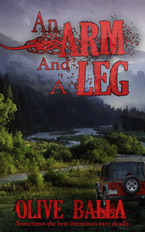 Olive Balla, author of suspense novel An Arm and a Leg, is mother of 3, grandmother to 13, great-grandmother of 4, a retired educator, and part-time professional musician. Having been everything from secretary at a used car dealership, a university student, and a high school Spanish teacher, Balla states her characters are, in part, amalgamations of people she’s met. Living with her husband Victor in the Albuquerque area, she spends her spare time in a small woodworking shop designing and building everything from breadboxes and wine racks, to a porch bench. Visit her website at omballa.com.
Olive Balla, author of suspense novel An Arm and a Leg, is mother of 3, grandmother to 13, great-grandmother of 4, a retired educator, and part-time professional musician. Having been everything from secretary at a used car dealership, a university student, and a high school Spanish teacher, Balla states her characters are, in part, amalgamations of people she’s met. Living with her husband Victor in the Albuquerque area, she spends her spare time in a small woodworking shop designing and building everything from breadboxes and wine racks, to a porch bench. Visit her website at omballa.com.
This article was originally published in the January 2014 issue of SouthWest Sage and is reprinted here by permission of the author.

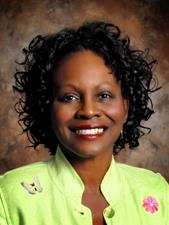
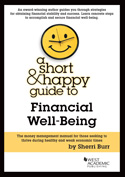
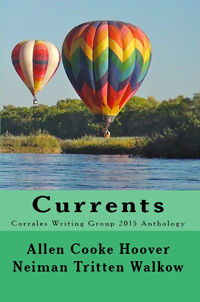
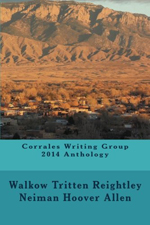

 KL Wagoner (writing as Cate Macabe) is the author of This New Mountain: a memoir of AJ Jackson, private investigator, repossessor, and grandmother. She has a new speculative fiction blog at
KL Wagoner (writing as Cate Macabe) is the author of This New Mountain: a memoir of AJ Jackson, private investigator, repossessor, and grandmother. She has a new speculative fiction blog at 